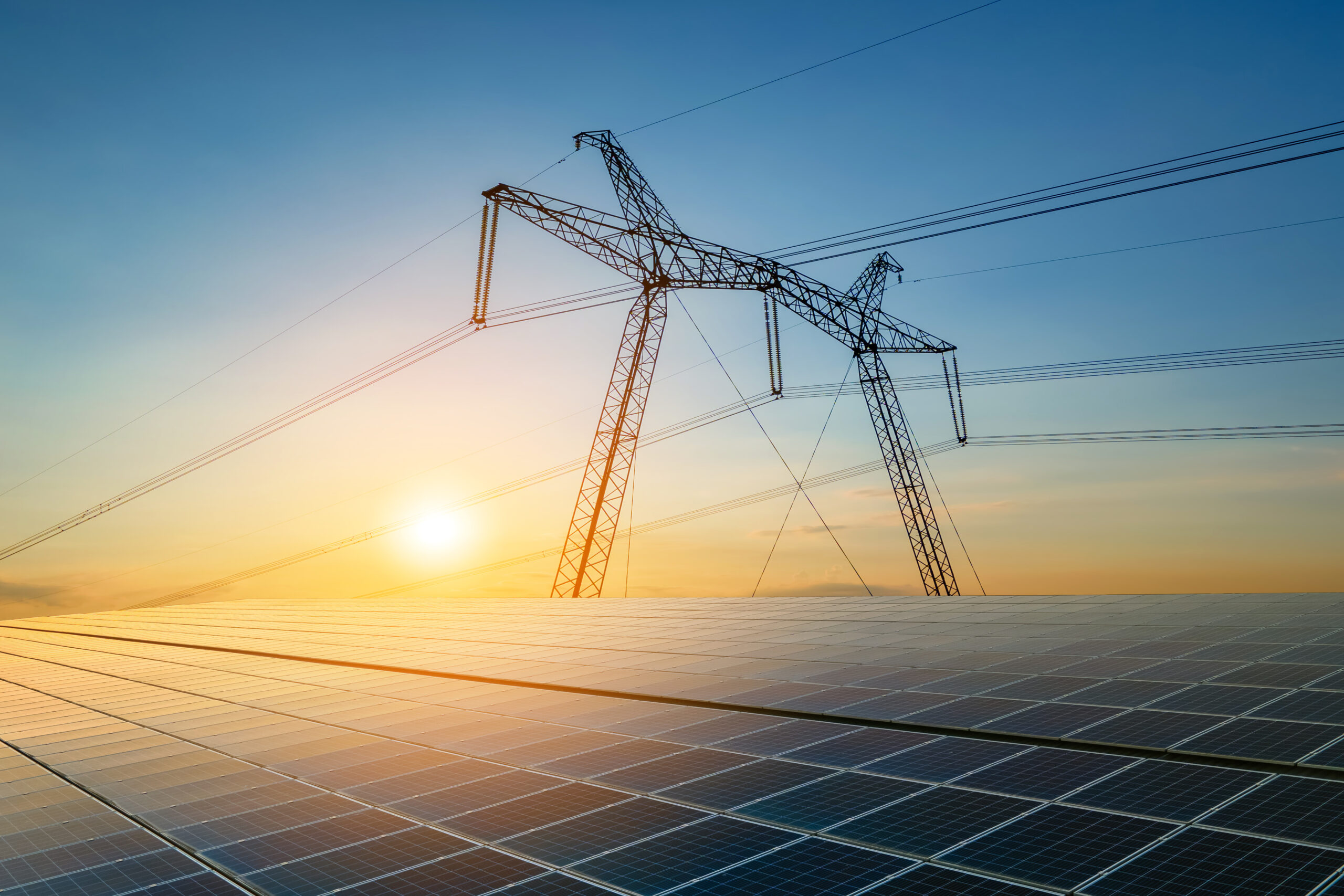
The rapid growth of renewable energy sources like solar, wind, and hydropower has transformed the energy landscape worldwide. However, integrating these intermittent and distributed energy sources into the existing power grid presents significant challenges. Fortunately, advances in smart grid technology are vital in addressing these challenges and enabling cleaner, more efficient, and reliable energy systems. This article explores key developments in smart grid technology and how they help optimize renewable energy integration.
Enhancing Grid Flexibility and Reliability
One of the biggest challenges with renewable energy is its variability. Solar panels only generate power during daylight hours, and wind turbines depend on changing wind conditions. Traditional power grids, designed for steady output from large fossil fuel plants, struggle to accommodate this fluctuation without risking outages or instability. Innovative grid technology introduces advanced monitoring and control capabilities that enhance the grid’s flexibility.
For example, real-time sensors and automated controls can continuously track electricity supply and demand across the network. This data allows grid operators to adjust power flows dynamically, balancing intermittent renewable output with conventional sources or stored energy. Additionally, smart grids use advanced forecasting tools powered by machine learning to predict renewable energy production hours or days. These forecasts improve scheduling and dispatch decisions, reducing the risk of grid imbalances.
By increasing the grid’s flexibility and reliability, smart grid technology supports higher penetration of renewable energy sources without compromising system stability.
Empowering Distributed Energy Resources and Microgrids
Renewable energy generation is becoming increasingly decentralized. Rooftop solar panels, community wind farms, and electric vehicle (EV) chargers are scattered across neighborhoods and businesses rather than concentrated at large power plants. Innovative grid advances enable these distributed energy resources (DERs) to participate actively in grid operations.
With smart meters and communication systems, utilities can gather detailed data on energy consumption and generation from each DER. This information facilitates two-way energy flows and enables demand response programs where consumers adjust usage based on grid conditions. Furthermore, microgrids—localized grids that can operate independently from the primary grid—benefit from smart grid controls to manage local renewable generation, storage, and loads.
These capabilities allow DERs and microgrids to provide valuable grid services such as frequency regulation, voltage support, and peak load reduction. Ultimately, smart grid technology empowers renewable energy systems to become more resilient and adaptive, supporting a cleaner energy future.
Integrating Energy Storage Solutions
Energy storage plays a crucial role in overcoming renewable energy’s intermittent nature. Batteries, pumped hydro, and other storage technologies store excess renewable power generated during peak production and release it during demand peaks or low generation periods. Innovative grid technology enhances the integration of these storage systems.
Advanced control algorithms optimize when and how energy storage units charge and discharge, maximizing their benefits to grid stability and renewable energy utilization. For example, innovative grid platforms coordinate distributed battery storage at homes or businesses with utility-scale storage facilities. This coordination ensures storage assets respond to real-time grid needs, such as smoothing fluctuations in solar output or providing backup power during outages.
Moreover, smart grids enable the aggregation of multiple small-scale storage devices into virtual power plants. These virtual plants can participate in energy markets and support grid balancing services, increasing the economic viability of renewable energy.
Improving Energy Management Through Advanced Analytics
Data is the foundation of smart grid technology, and advances in data analytics dramatically improve how renewable energy is managed. Sensors across the grid generate enormous amounts of data on energy flows, equipment health, weather conditions, and consumer behavior. Modern analytics platforms process this data to extract actionable insights.
For instance, utilities use predictive maintenance models to identify potential failures in renewable generation or grid infrastructure before they occur. This proactive approach reduces downtime and repair costs. Additionally, advanced analytics optimize energy dispatch by factoring in weather forecasts, electricity prices, and grid constraints. This results in more efficient use of renewable resources.
On the consumer side, smart grid technologies provide detailed consumption feedback, enabling customers to shift energy usage to when renewable energy is abundant and cheaper. This demand flexibility further supports renewable integration by flattening peak loads and reducing reliance on fossil fuel backups.
Facilitating Grid Modernization and Policy Support
The deployment of innovative grid technologies often requires substantial investment and regulatory support. However, technological advances have lowered costs and increased the scalability of smart grid solutions. Modular designs, cloud computing, and open communication standards make it easier for utilities to modernize grid infrastructure in stages.
Government incentives and policies promoting clean energy and modernization accelerate smart grid adoption. Many regions now mandate advanced metering infrastructure and support pilot programs testing innovative grid applications with renewable energy. Such initiatives generate valuable lessons and pave the way for broader implementation.
Furthermore, smart grid technology supports emerging market mechanisms like time-of-use pricing and peer-to-peer energy trading. These market innovations incentivize renewable energy generation and consumption, driving the transition toward sustainable energy systems.
Advances in innovative grid technology play a pivotal role in helping renewable energy sources become a reliable and dominant part of the energy mix. By enhancing grid flexibility, empowering distributed energy resources, integrating energy storage, leveraging data analytics, and facilitating modernization efforts, smart grids address many challenges posed by renewable integration. As these technologies continue to evolve, they promise to accelerate the global shift toward cleaner, brighter, and more resilient power systems that benefit both the environment and consumers. The future of energy is undoubtedly intertwined with the smart grid revolution.